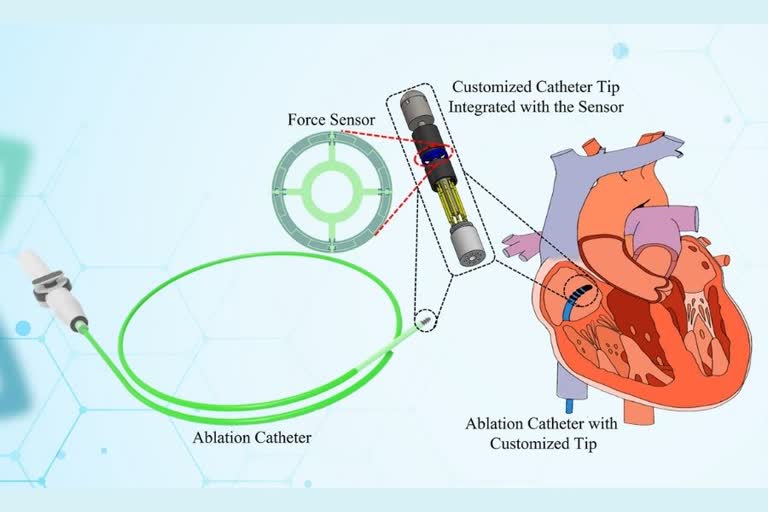Minimally Invasive Surgery (MIS) receives the greatest attention in various medical procedures globally because of its simpler process than traditional surgery, short postprocedural convalescence, and reduction in hospital expenditure cost. However, the challenges during such procedures include lack of direct view of the location and position of the catheter, operating in narrow space, and lack of sensation while operating. Hence it requires specific surgical tools (such as catheters and fine instruments) and techniques to perform the surgery.
Catheters can measure several physiological parameters, including tissue contact force, during MIS procedures using microsensors. For a few decades, surgeries like cardiac ablation, which is used to treat cardiac arrhythmia using RF ablation, have been performed using MIS. In these applications, very long, flexible, and thin catheters that can be deflected either in single or bidirectional ways are required for performing the surgery. Additionally, these catheters require force sensors on their distal end to measure contact force between the cardiac tissue and the electrode tip. The force between the tip and the tissue indicates energy delivered to the tissue and lesion formation.
Low force during ablation would result in high chances of the recurrence of arrhythmia, whereas high force can enfold heart tissues over the catheter tip and perforate. Though a few ablation catheters integrate force sensors, most of the existing manual ablation catheters do not provide haptic feedback to the electrophysiologists while performing the surgery. This is required to ensure that only the required amount of force is applied to the cardiac tissue.
In a recent study, researchers V. S. N. Sitaramgupta V, Arjun B. S, Bhagaban Behera, and Dr. Hardik J. Pandya (Assistant Professor) from the Department of Electronic Systems Engineering, Indian Institute of Science, Bangalore, with their clinical collaborator Dr. Deepak Padmanabhan (Assistant Professor in Electrophysiology) at Sri Jayadeva Institute of Cardiovascular Sciences and Research, Bangalore shows a ring-shaped Microelectromechanical system (MEMS)-based force sensor that can be integrated with a catheter for measuring tip-tissue contact forces.
The detection of force by the sensor is due to the deformation of the micro-bridge structures. Integrating MEMS sensor and vibrotactile force feedback within a catheter offers a promising solution for developing smart catheter technology for real-time haptic feedback that would potentially aid electrophysiologists.
Dr. Pandya's research group is actively developing catheter technology that integrates MEMS (Micro-Electro-Mechanical Systems) force sensor and vibro-haptic force feedback to perform manual MIS procedures. Different vibration patterns to determine the forces acting on the tip are being examined to determine the force on the tip. The group is testing the catheter using porcine heart tissues.
(Hardik J. Pandya, Ph.D. Department of Electronic Systems Engineering, Indian Institute of Science, Bangalore)



